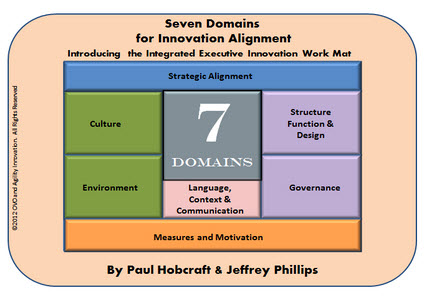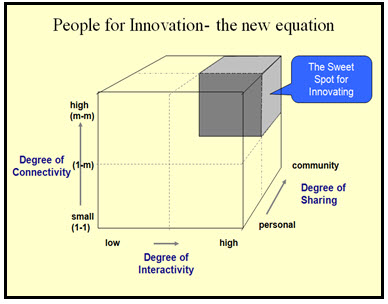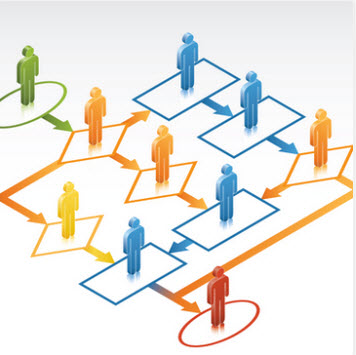![]()
Today we are facing many current disruptions where we need to react fast and intelligently. There are many situations we are facing that are a race against time. As we continue to respond to Covid-19, technology has the power to reduce the complexity often faced, speed up and contribute to solutions that help resolve pressing issues.
We recognize that equally as important as the technology are the people using the technology. Having people at the centre of designs enables more intelligent, rapid and lasting innovation. The Digital Twin is where data from the physical and virtual world come together and is increasingly where people and technology come together to resolve many of today’s challenges.







